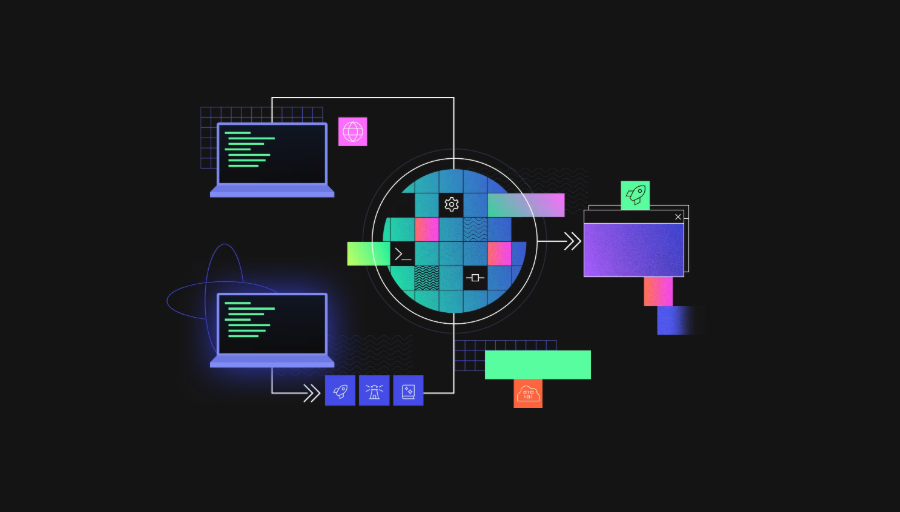 INFRA
INFRA
 INFRA
INFRA
 INFRA
INFRA
Temporal Technologies Inc., a startup that helps developers protect their applications from outages, has raised $146 million in funding at a $1.72 billion valuation.
The Series C investment was announced today. Tiger Global led the round with participation from Index Ventures, Sequoia Capital, MongoDB Ventures and other institutional backers. Temporal’s total outside funding now stands at $350 million.
Applications experience downtime for a variety of reasons. In some cases, the hardware on which a workload runs encounters technical issues. In other cases, the downtime is caused by a second application on which the workload relies to run. Errors in the network that connects the workload to the second application can likewise lead to an outage.
To account for the long list of errors that can take an application offline, developers have to build outage recovery mechanisms into their software. The process can take upwards of weeks in some cases. Temporal promises to ease the task with an open-source platform that provides prepackaged features for recovering from application malfunctions.
According to the company, its software can not only save time for developers but also boost workload reliability. Temporal promises to reduce application failure frequency by a factor of up to 100 in some cases. That value proposition has helped it amass an installed base of several thousand organizations, including Box Inc., Datadog Inc. and other major tech firms.
One way Temporal reduces application failures is by making it easier to implement workflow retries. If a Temporal-powered logistics tool fails to retrieve a shipment log requested by a user, it can try again in a few seconds. Developers can customize details such as the number of times that the software should attempt to complete the task at hand.
Application outages are particularly difficult to manage when they occur in the middle of a multistep workflow. If an analytics tool goes offline after the fifth step of a ten-step data preparation workflow, the first five steps may have to be undone to restore the original data. Temporal provides features that make it easier to implement such restoration mechanisms.
Alongside its core feature set for recovering from outages, the platform includes a tool called Nexus. It allows applications deployed in different environments to exchange data with one another. Temporal positions Nexus as a more secure and durable alternative to other application connectivity tools.
The company generates revenue with a managed cloud-based version of its open-source platform. Temporal Cloud, as the offering is called, removes the need for customers to set up and maintain their deployments of the software. It also automates the task of managing the integrated database in which Temporal stores information about the workloads it powers.
Temporal says its revenue has more than quadrupled over the past 18 months, off an undisclosed base. Net dollar retention, a metric that tracks how existing customers increase their spending, reached 186%. Developer adoption of Temporal’s open-source platform rose 600% in the same time frame.
The company will invest the newly raise funds in product development. It plans to add support for Microsoft Corp.’s Azure cloud platform, improve Nexus and add more features geared toward artificial intelligence programs. Another portion of the capital will go toward go-to-market programs.
Support our mission to keep content open and free by engaging with theCUBE community. Join theCUBE’s Alumni Trust Network, where technology leaders connect, share intelligence and create opportunities.
Founded by tech visionaries John Furrier and Dave Vellante, SiliconANGLE Media has built a dynamic ecosystem of industry-leading digital media brands that reach 15+ million elite tech professionals. Our new proprietary theCUBE AI Video Cloud is breaking ground in audience interaction, leveraging theCUBEai.com neural network to help technology companies make data-driven decisions and stay at the forefront of industry conversations.